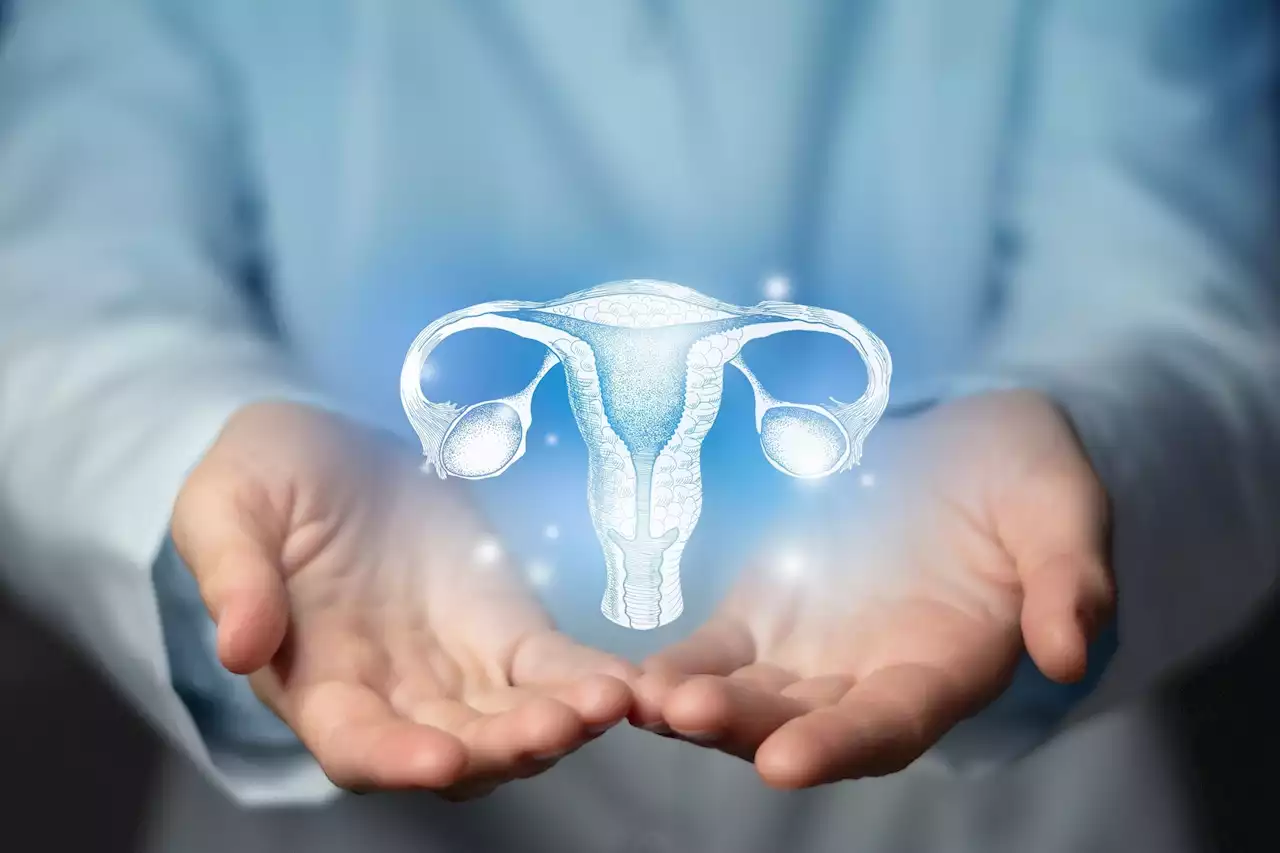How B-cells and androgens contribute to the development of PCOS PCOS research Bcell AndrogenReceptor ImmunoglobulinM Autoimmune Comorbidities HormonalImbalance WomenzHealth eLife
By Hugo Francisco de SouzaJul 9 2023Reviewed by Benedette Cuffari, M.Sc. In a recent study published in eLife, researchers use murine models to evaluate the role of B-cell frequencies in the pathogenesis of polycystic ovary syndrome .
PCOS is the most common hormonal disorder globally, affecting between 5-18% of women of reproductive age. Symptoms of PCOS include rapid weight gain, menstrual irregularity, excess hair growth, and acne. Importantly, PCOS is the most common cause of female infertility. Researchers began by characterizing B-cell lineages using 15 PCOS-positive and 22 PCOS-negative women as test and control groups, respectively. The test group fulfilled all three Rotterdam Criteria, which include polycystic ovarian morphology, amenorrhea, and hirsutism, in addition to exhibiting significantly higher androstenedione and testosterone levels.
To evaluate the role of androgens in B-cell composition and frequency, dihydrotestosterone -induced PCOS murine models were used. The three study groups included those subcutaneously administered DHT, controls, and mice receiving both DHT and an androgen receptor suppressor. Conclusions Hyperandrogenic women experience morphological and frequency variations in their B-cells, as well as an upregulation of circulating IgM in their blood and tissues. This is indicative of the role of androgens in PCOS onset; however, it does not discount the mechanistic influence of either B-cells or IgM.
United Kingdom Latest News, United Kingdom Headlines
Similar News:You can also read news stories similar to this one that we have collected from other news sources.
 Cheers or caution? Researchers question the potential benefits of alcohol consumptionResearch paper discusses the relationship between alcohol consumption and health, specifically the J-shaped association. While some studies suggest this relationship, recent studies challenge it due to limitations in study design and individual variability. The paper also emphasizes the importance of considering alternative health-promoting strategies and societal/population-level harmful effects of alcohol use.
Cheers or caution? Researchers question the potential benefits of alcohol consumptionResearch paper discusses the relationship between alcohol consumption and health, specifically the J-shaped association. While some studies suggest this relationship, recent studies challenge it due to limitations in study design and individual variability. The paper also emphasizes the importance of considering alternative health-promoting strategies and societal/population-level harmful effects of alcohol use.
Read more »
 New study shows circulating anti-insulin CD4 T cells reflect progression of anti-islet immunityIn a recent study published in Science Translational Medicine, researchers profile antigen-specific helper clusters of differentiation 4-positive (CD4+) T-lymphocytes to determine anti-islet autoimmunity among mice and humans.
New study shows circulating anti-insulin CD4 T cells reflect progression of anti-islet immunityIn a recent study published in Science Translational Medicine, researchers profile antigen-specific helper clusters of differentiation 4-positive (CD4+) T-lymphocytes to determine anti-islet autoimmunity among mice and humans.
Read more »
 Daffodil extract fed to cows could be 'game changer' in reducing methane productionResearchers are working with farmers across England and Wales in a bid to make a 'huge difference' by reducing methane production and feed costs for dairy cattle.
Daffodil extract fed to cows could be 'game changer' in reducing methane productionResearchers are working with farmers across England and Wales in a bid to make a 'huge difference' by reducing methane production and feed costs for dairy cattle.
Read more »
 More than 1 in 10 have fallen ill in UK's rivers, first findings of citizen sewage survey showMore than one in 10 people have fallen ill directly as a result of exposure to polluted river water, according to the participants in a new citizen science project 💧 BawdenTom reports
More than 1 in 10 have fallen ill in UK's rivers, first findings of citizen sewage survey showMore than one in 10 people have fallen ill directly as a result of exposure to polluted river water, according to the participants in a new citizen science project 💧 BawdenTom reports
Read more »
 Unique plant extract mixture has potent anti-acne effectsResearchers evaluate the efficacy of FRO, a formula composed of fermented Rhus verniciflua Stokes and Orostachys japonicus, against acne pathogenesis via antimicrobial assessment and an in vitro analysis. FRO was found to contain phenolics such as gallic acid, fisetin, quercetin, and kaempferol and was determined to alleviate acne by inhibiting the growth of Cutibacterium acnes, inflammation, and excess sebum.
Unique plant extract mixture has potent anti-acne effectsResearchers evaluate the efficacy of FRO, a formula composed of fermented Rhus verniciflua Stokes and Orostachys japonicus, against acne pathogenesis via antimicrobial assessment and an in vitro analysis. FRO was found to contain phenolics such as gallic acid, fisetin, quercetin, and kaempferol and was determined to alleviate acne by inhibiting the growth of Cutibacterium acnes, inflammation, and excess sebum.
Read more »
